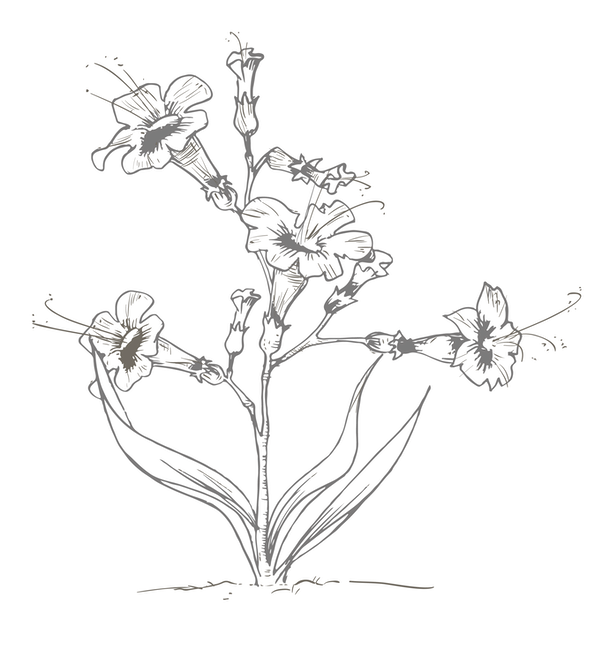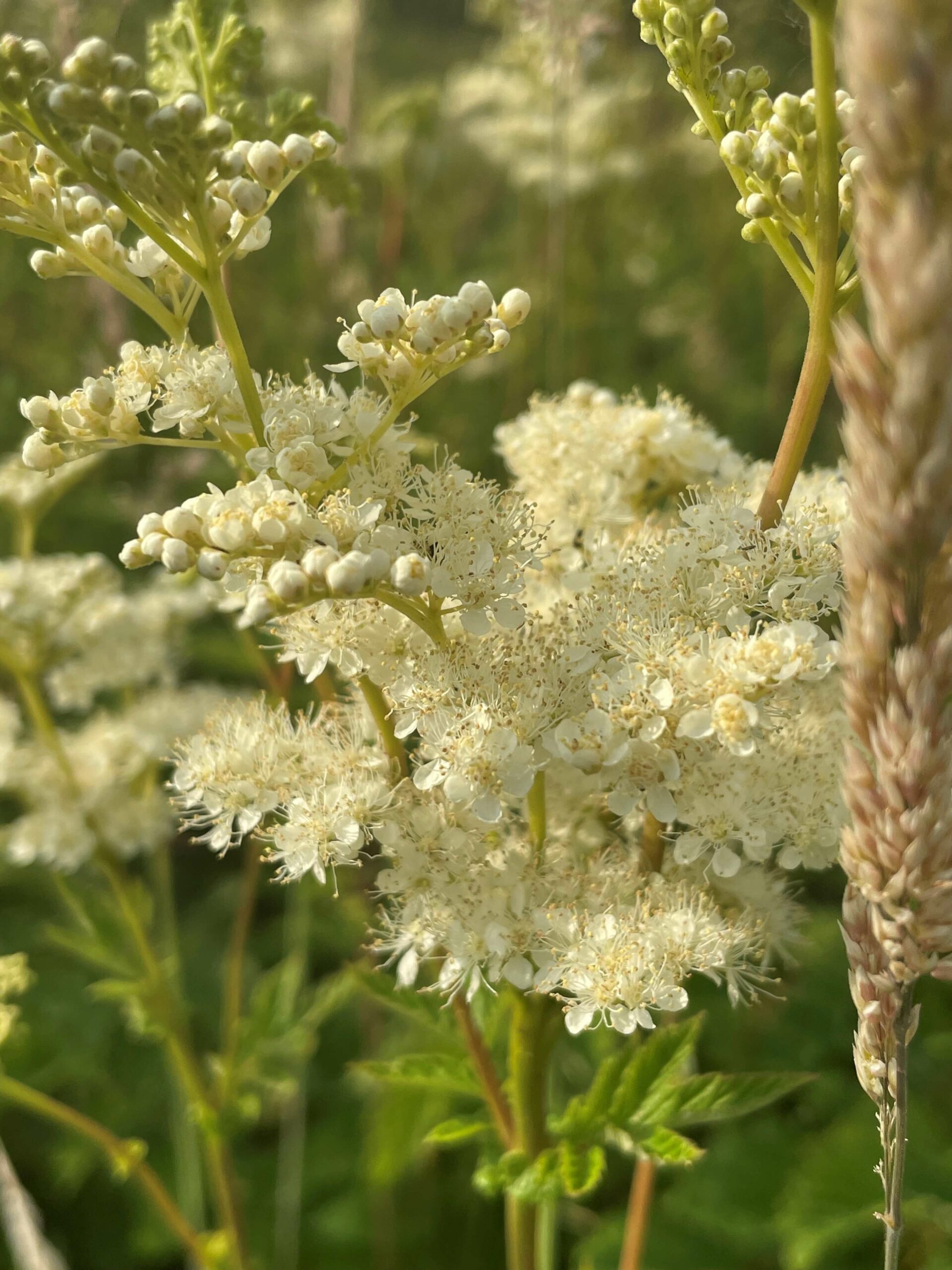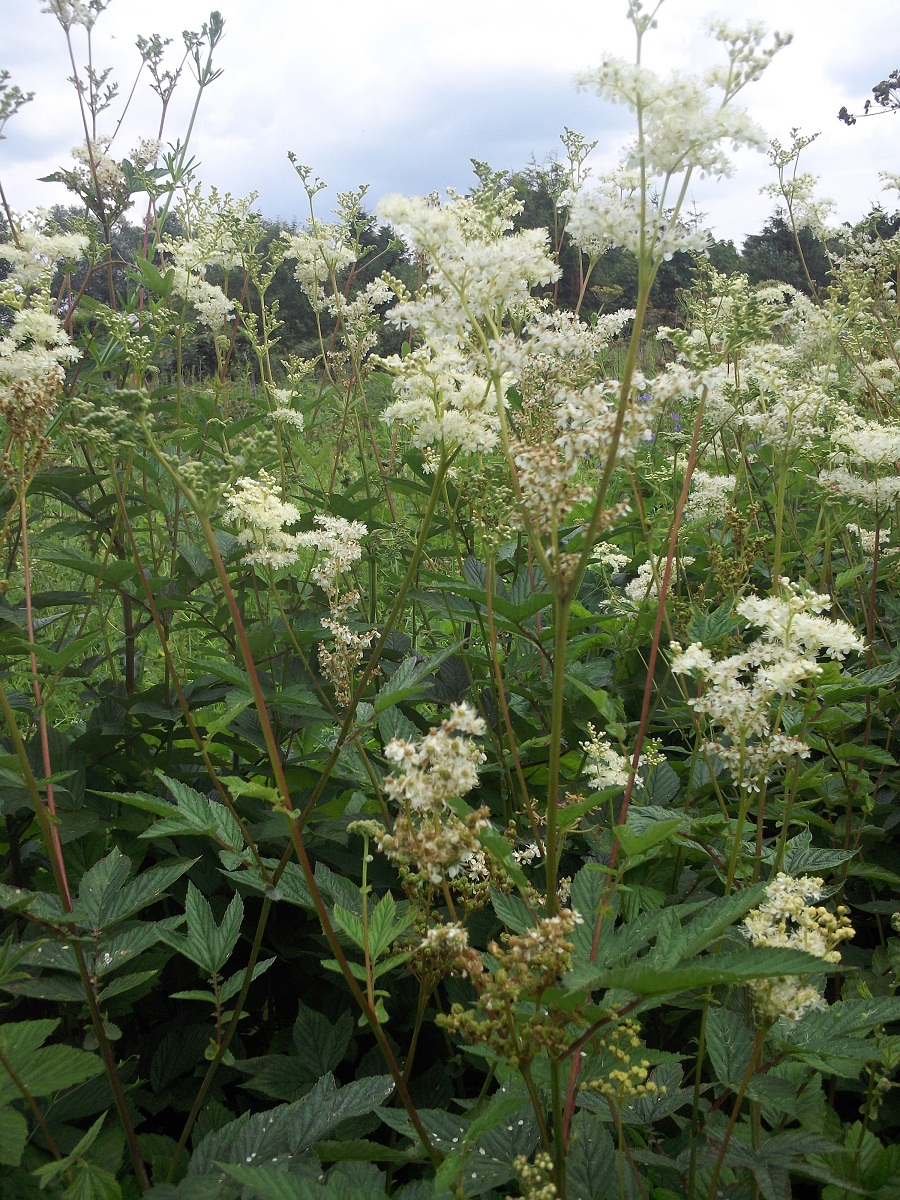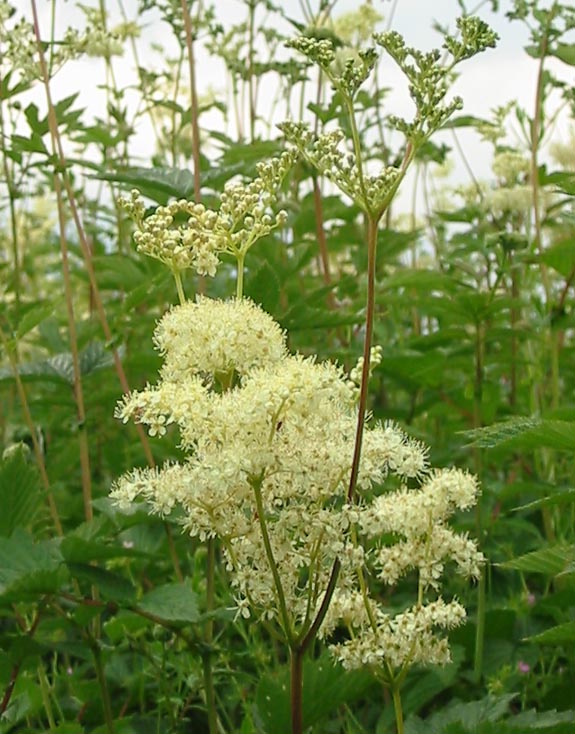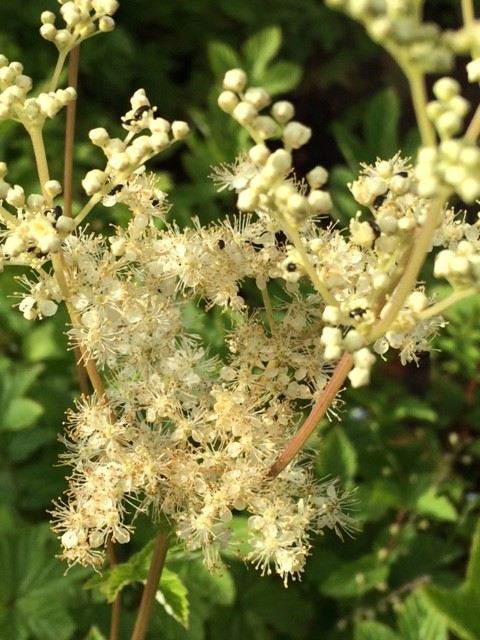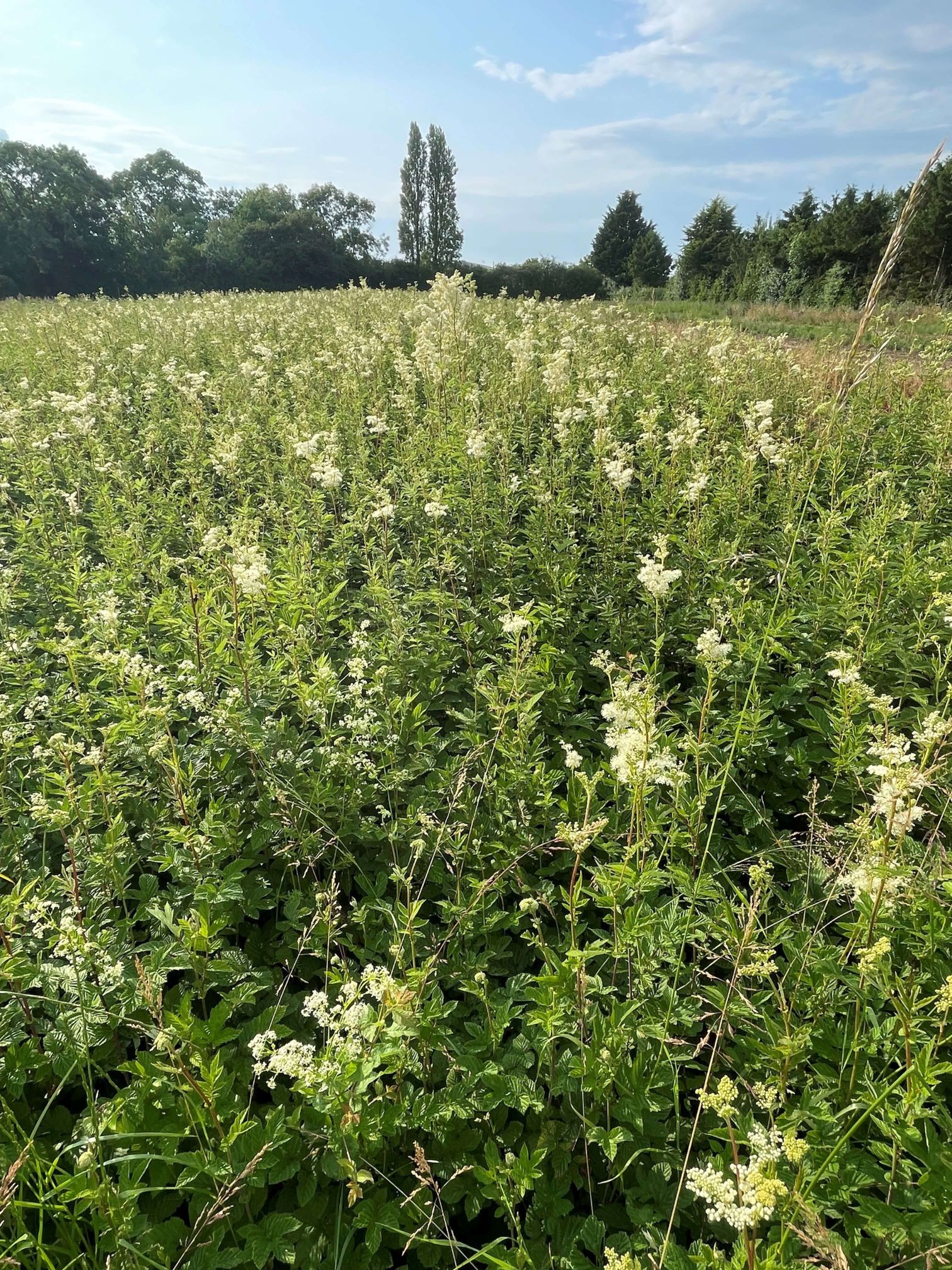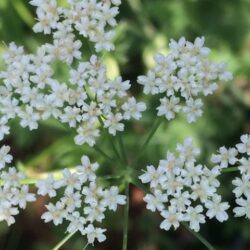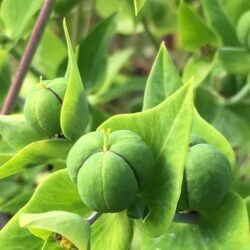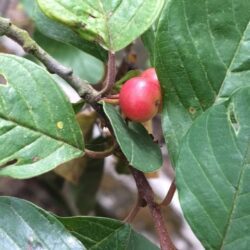Description
Filipendula ulmaria, commonly known as meadowsweet or mead wort and has been referred to as queen of the meadow, pride of the meadow, meadow-wort, meadow queen, lady of the meadow, dollof, meadsweet, and bridewort.
The entire herb offers a delightful taste and aroma, with the green components sharing a fragrant quality akin to the flowers. This versatility leads to its use as a strewing herb, enhancing room fragrance with it’s sweet scent when scattered on floors, as well as adding flavour to wine, beer, and various vinegars.Grown best in damp soil, the tall stems of this perennial plant display frothy clusters of cream wild flowers.
The whole plant is a traditional remedy for an acidic stomach, and the fresh root is often used homeopathic preparations. Dried, the flowers are used in potpourri. This plant contains the chemicals used to make aspirin. A small section of root, when peeled and crushed smells like Germolene, and when chewed is a good natural remedy for relieving headaches.
A copper mordant can be utilised to extract a natural black dye from the roots.
In Welsh mythology, Gwydion and Math created a woman out of oak blossom, broom, and meadowsweet and named her Blodeuwedd (“flower face”).It is known by many other names, and in Chaucer’s The Knight’s Tale it is known as meadwort and was one of the ingredients in a drink called “save”.
It was referred to as bridewort due to its use in churches during festivals and weddings, often woven into bridal garlands. In Europe, it earned the name “queen of the meadow” for its ability to thrive in low-lying, damp meadows and dominate the landscape.
During the 16th century, a practice of adorning floors with rushes and herbs was common to provide warmth and combat odours and infections. Queen Elizabeth I of England favoured this practice and held a particular fondness for this herb, choosing it above all others to adorn her chambers with it’s sweet smell.

